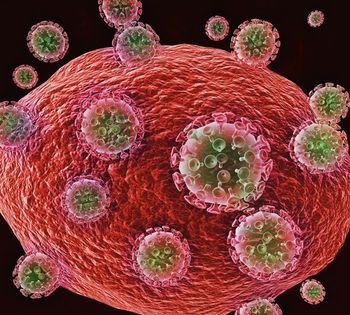
The results of a phase 2 trial for a 2-drug regimen of long-acting cabotegravir and rilpivirine and a 3-drug regimen in patient with HIV showed comparable viral suppression rates at 96 weeks.

The results of a phase 2 trial for a 2-drug regimen of long-acting cabotegravir and rilpivirine and a 3-drug regimen in patient with HIV showed comparable viral suppression rates at 96 weeks.

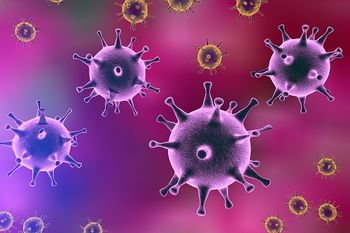
Researchers from Dartmouth College’s Geisel School of Medicine have found that pregnant women with a history of HSV-1 maintain active antibodies against the virus that can be passed on to their newborns.
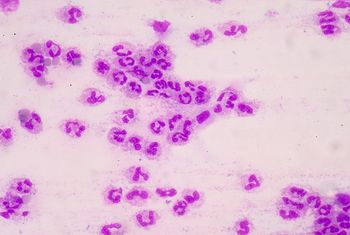
A team of researchers assesses the impact of “Rory’s Regulations,” a set of mandates for hospitals in New York State that establish protocols for the diagnosis and treatment of sepsis.

The World Health Organization (WHO) recently sent out a global alert warning of the growing threat of resistance to HIV drugs.
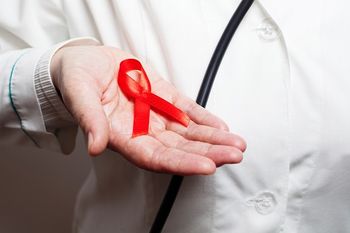
A systematic review analyzes the opportunity to provide coordinated care for HIV and noncommunicable conditions.

Women with HIV are at higher risk of having potentially cancer-causing HPV in their anal canals, raising questions about how best to screen this population.

The polio vaccine (mOPV2) has arrived in Deir Ez-Zor governate, as health officials are working on the implementation of immunization campaigns to stop transmission.
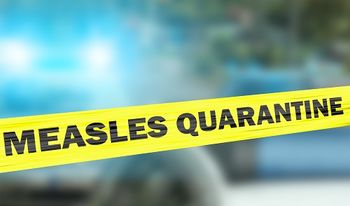
Outbreaks of measles have resulted in over 14,000 infections and the loss of 35 lives across Europe since January 2016.

Research coming in from Fernandes Figueira-Fundação Oswaldo Cruz finds that when it comes to diagnosing Zika virus infection in newborns, the eyes may have it.

Doctor Without Borders is criticizing countries and government agencies alike for seemingly downplaying the impact of tuberculosis around the world.

Although the yellow fever outbreak that has affected several Latin American countries has eased since the end of summer, health officials say new cases are still springing up in some areas.

The new Senate healthcare bill released last week has died on the vine, even before it was formally put forward for deliberation and vote.

Ebola virus tracking and mechanisms to detect threats to our national food supply are highlighted.

The FDA has approved Gilead Sciences’ Vosevi for the treatment of adults with chronic hepatitis C virus genotypes 1-6, without cirrhosis or with mild cirrhosis.

Researchers from the Maryland Department of Health and Mental Hygiene have found that pet owners are at increased risk of encountering ticks.
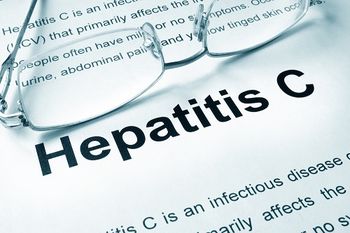
A research team from the Netherlands turns to deep sequencing technology to detect hepatitis C virus resistant variants.

The results of a new study reinforce the importance of performing stethoscope hygiene.

A team of investigators are dedicating their efforts to pinpointing a source of the E. coli outbreak that has sprung up on the Utah-Arizona border.
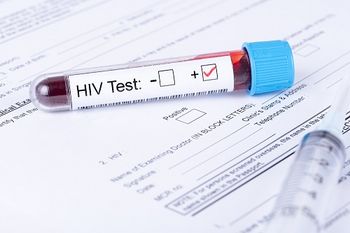
A study published in Oxford University Press evaluates the effectiveness of several HIV diagnostic tests.
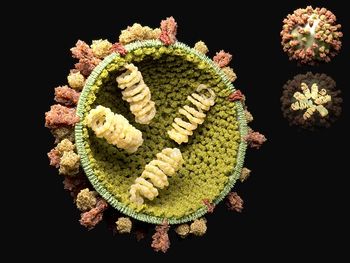
The results of a new study have revealed that that classic “beads on a string” model of the influenza A virus may not be entirely accurate.
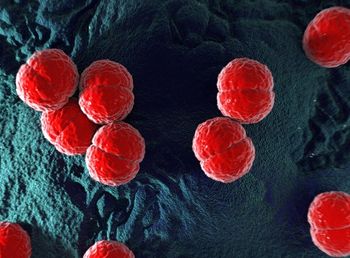
A new study published by the Centers for Disease Control and Prevention indicates that patients receiving eculizumab can still contract meningitis, even if they have been vaccinated.

A new iteration of the American Health Care Act (AHCA), the challenge of sepsis in US hospitals, a predictive map that identifies which species are likely to harbor the next human virus, how one Canadian researcher mail-ordered his way to horsepox, and a focus on how gonorrhea is on the way to becoming untreatable comprise the top 5 articles of the week for the week.
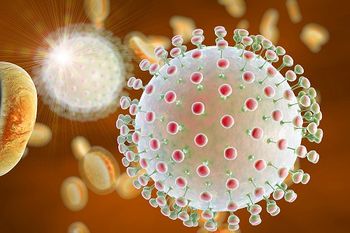
The CDC offers further insight into the investigation of a Zika virus infection in a family member of the first Zika-related death in the continental United States.

A naturally occurring compound in plums has been found to block the entry of the hepatitis C virus into cultured liver cells.

A new report from the National Center for Health Statistics has found that too many adults aged 65 and older are missing out on important vaccinations.

What does the latest news of Stanford Healthcare safety failures really tell us?

New research suggests that a vaccine designed to protect against meningitis may also protect against gonorrhea infections.

Senate Majority Leader Mitch McConnell and his Republican colleagues have written and released a new version of the American Health Care Act (AHCA) that addresses many outstanding concerns, but will it be enough?

Although advances in HIV treatment mean many people with the condition are able to achieve viral suppression and display no outward signs of illness, kidney disease is still a fairly common occurrence in those who are infected.